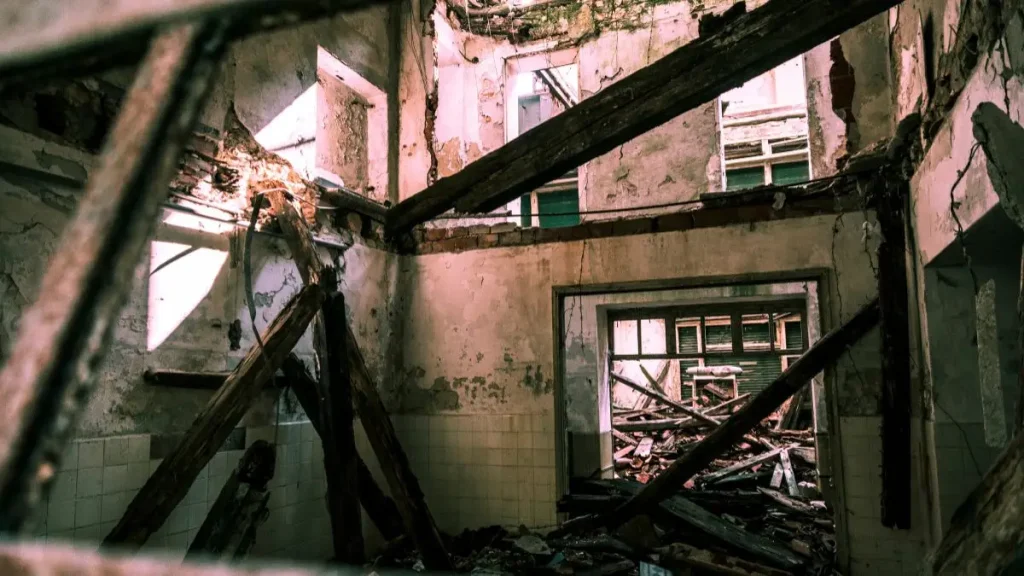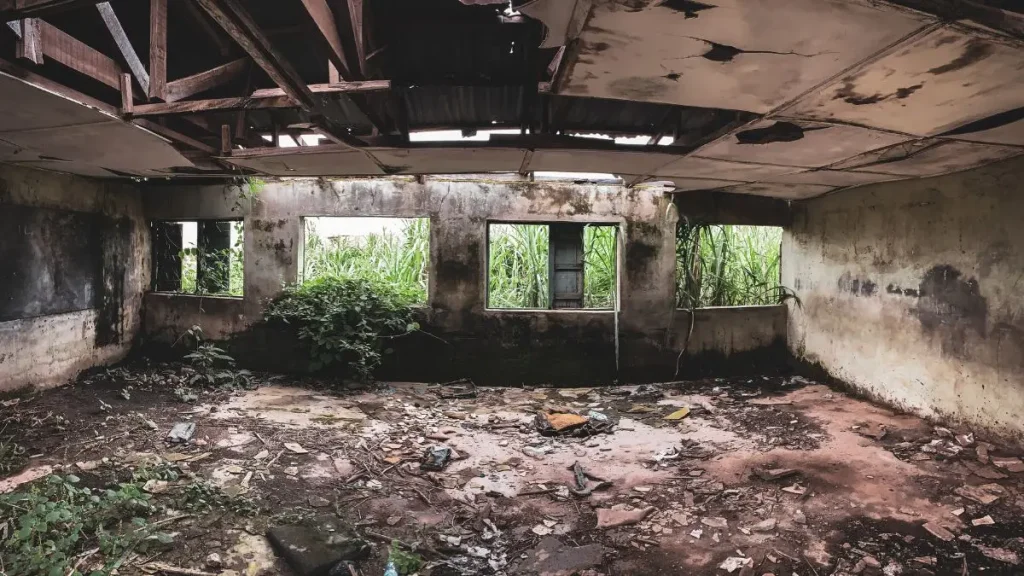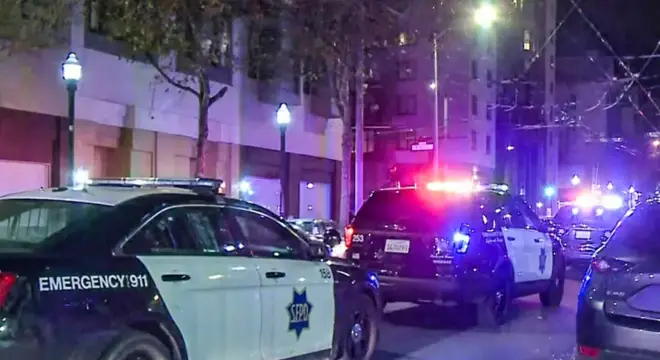Tragic House Explosion in Delaware Leaves One Dead
I can still picture the kind of silence that hangs over a town after something unthinkable happens. On Tuesday morning, that silence was broken in Dagsboro, Delaware, by a blast so strong neighbors say it rattled their windows and shook the ground.
The explosion tore through a home on Gum Tree Road just after 7 a.m. Firefighters from across Sussex County—and even Maryland—rushed in, more than a hundred of them, trying to save lives while smoke and debris filled the air.
One person didn’t make it out. Another, pulled from the wreckage by neighbors, survived and is in stable condition. Officials estimate the house is a total loss, with damage near half a million dollars.
As I read witness accounts, what stands out isn’t just the destruction—it’s the shock. A man compared it to a sonic boom; another said he could smell smoke but couldn’t see it. That mix of confusion and fear is exactly what communities feel when tragedy strikes so suddenly.
When you hear about an explosion this close to home, what’s the first question that comes to your mind—how it happened, or how safe you are in your own house?
What Happened on Gum Tree Road?

When you strip away the chaos, the timeline is straightforward but heartbreaking. Around 7 a.m. on September 30, the Dagsboro Volunteer Fire Company got the first call—an explosion, possible entrapment. By the time crews reached Gum Tree Road, the house was in pieces, with debris scattered and parts of the structure collapsed.
According to WBOC’s reporting, more than one hundred firefighters were dispatched from across Delaware and Maryland. That number alone tells you how massive the emergency felt on the ground. Imagine entire neighborhoods waking up to sirens, helicopters overhead, and roads filled with rescue trucks.
Two people were inside the home when it blew apart. Neighbors managed to pull one person out. The other was trapped beneath the rubble, and despite hours of work by first responders, they didn’t survive. Sussex County EMS later confirmed the fatality, saying the body was taken to the Division of Forensic Science for identification.
It’s one of those mornings when a quiet road turns into the center of statewide attention in just seconds.
Voices From Inside the Community
The facts are one thing; the way people felt that morning is another. And if you want to understand the scale of this blast, you have to listen to the people who heard it.
Allen Rogers, who lives less than a mile away, said the boom was so powerful he thought a truck had crashed nearby. His wife couldn’t see smoke, but she swore she could smell it in the air.
Another neighbor, Ralph Timmons, said the blast rattled his entire house—windows, frames, even the walls shook. At first, he thought it might be a sonic boom from a passing airplane, something he hadn’t heard in decades. That’s how unreal it felt.
What you hear in these voices is not just fear—it’s disbelief. One minute, it’s an ordinary morning. The next, the ground itself feels unsafe. That kind of shock stays with a community long after the debris is cleared.
Similar to the electrical fire in San Antonio, these incidents remind us that regular maintenance and awareness can prevent tragedies before they happen.
The Scale of the Response
I don’t think people outside Sussex County realize just how coordinated these emergencies have to be. This wasn’t one small-town fire company showing up—it was a full-scale regional response. Fire crews from multiple Delaware towns and even Maryland worked side by side to stabilize the scene, search for survivors, and secure the wreckage.
Helicopters circled above, broadcasting live images of what looked more like a war zone than a neighborhood. The Delaware State Fire Marshal’s office confirmed the house was a total loss, pegging the damage at roughly $500,000.
That number is big, but when you see the aerial photos, you understand: this wasn’t a house fire—it was total destruction in an instant.
Just like the massive response during the Newark home fire that displaced 25 residents, this Dagsboro explosion required coordination between multiple fire departments across counties.
What Investigators Are Looking At?

Right now, the question on everyone’s mind is simple: what caused this?
The Delaware State Fire Marshal has already said there’s no sign of criminal activity. That rules out foul play, but it still leaves a lot of unknowns. In explosions like this, investigators usually check for gas line issues, propane leaks, furnace malfunctions, or electrical sparks that could ignite built-up fuel.
It’s not a quick process. Forensic teams will study blast patterns, test debris for chemical residue, and examine utility records. Eventually, they’ll narrow it down, but as of now, the official cause remains under investigation.
For the people living nearby, that uncertainty is tough. You can’t help but wonder: could it happen here, too?
Situations like the lightning strike in North Carolina, which damaged a group home and displaced 10 residents, highlight how unpredictable disasters demand quick action from first responders.
The Human Side of a Tragedy
What strikes me most about this story isn’t just the damage—it’s the way the community talks about it. Neighbors who didn’t even know the family personally still described the loss as “hard to understand.” That’s how tragedies ripple outward.
State Senator Brian Pettyjohn posted a prayer for the first responders rushing into danger that morning, and you can feel the weight of his words. Because it’s not just about one house or one family—it’s about a small town suddenly reminded of how fragile safety can be.
The explosion has left people rattled, both literally and emotionally. And that’s why stories like these matter: they’re not just news, they’re reminders of how quickly life can change, and how much we depend on each other when it does.
How did this story make you feel about safety in your own neighborhood? Share your thoughts in the comments below—I’d love to hear from you.
What Happens Next?
Right now, investigators are piecing together what went wrong. The Delaware State Fire Marshal’s office has the lead, and the Division of Forensic Science is working to confirm the victim’s identity. These steps can feel painfully slow for families and neighbors waiting for answers, but they’re necessary—every fragment of debris can hold a clue.
In the coming weeks, we can expect updates about the cause. If it’s a gas leak, that might trigger broader inspections of nearby systems. If it’s an appliance or electrical fault, it could raise bigger questions about how well homes are monitored in Delaware.
From a wider lens, incidents like this sometimes lead to policy discussions. If you want to stay updated as investigators release new details, you can get quick updates directly through this WhatsApp channel for local safety news.
For now, though, the community waits. And waiting is always the hardest part.
Takeaways for Homeowners — Safety First
Tragedies like this always leave us with a question: What if it had been my house? While you can’t prevent every risk, you can take steps that make your home safer.
- Install gas detectors. They’re as important as smoke alarms but often overlooked.
- Service your heating system and furnace. Annual maintenance can catch leaks before they become disasters.
- Know where your gas shutoff is. If you ever smell gas, turning it off quickly could prevent an explosion.
- Trust your senses. If you smell smoke, hear strange rattling, or feel unexplained vibrations, don’t ignore them. Call it in.
These aren’t complicated steps. They’re simple habits that could make the difference between a close call and a catastrophe.
I’ll be honest—I grew up in a house with a propane tank in the backyard, and I never once thought about checking it. Stories like Dagsboro’s are reminders that safety isn’t something to assume; it’s something you have to practice.
So let me ask you this: if something felt off in your own home—a smell, a sound, a shake—would you know exactly what to do?
For more real-life home safety stories and practical tips, check out our Home Incidents category for similar incidents and advice.
Disclaimer: This article is based on information available from official reports and trusted news sources at the time of writing. Details about the Delaware home explosion may change as investigations continue. Readers should rely on updates from local authorities for the most accurate and current information.


